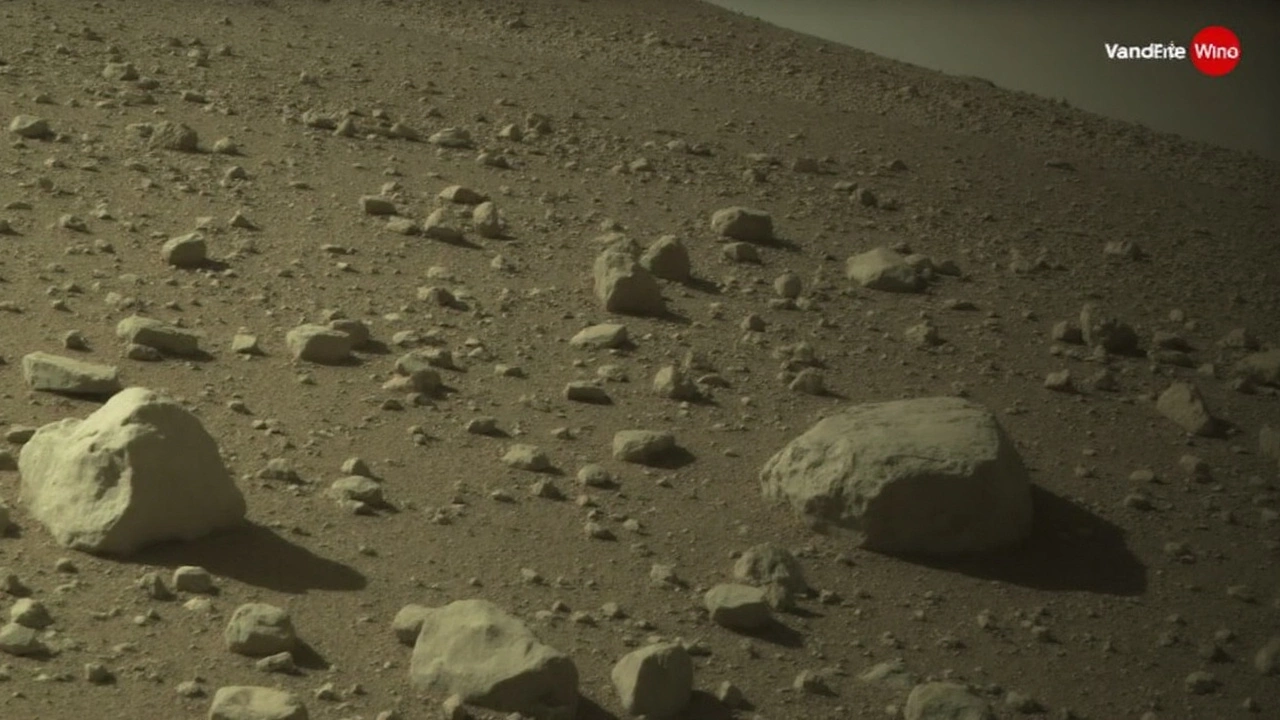Perseverance Rover – What’s Happening on Mars Right Now?
If you’ve been following space news, you know Perseverance is the hot topic in Mars exploration. Launched in 2020, the rover landed in Jezero Crater in February 2021 and has been busy since. It’s not just sending pretty pictures; it’s drilling, sampling, and even testing new ways to turn Martian air into fuel.
Key Missions and Recent Findings
Perseverance’s primary goal is to collect rock cores that could one day be brought back to Earth. So far, the rover has taken more than 30 core samples, each sealed in a titanium tube. Scientists are especially excited about the ancient lakebed sediments because they could hold clues about past life.
Another big win is the discovery of organic molecules in the rover’s first drilled rock. While organics don’t prove life, they tell us that the building blocks were present. That pushes the timeline for habitability further back than we thought.
The rover’s camera system, Mastcam‑Z, has captured stunning 3‑D panoramas of the crater’s cliffs. Those images help engineers pick safe paths for the rover and give geologists a better view of the terrain.
Ingenuity Helicopter – A Tiny Companion with Big Impact
Don’t forget Ingenuity, the little helicopter nicknamed the “Mars‑sionary” for a reason. Since its first flight, Ingenuity has logged over 30 flights, scouting routes and even doing aerial surveys of potential sampling sites. Its success shows that powered flight is possible on other worlds, opening doors for future missions to Titan, Venus, or even Europa.
One of Ingenuity’s recent flights mapped a newly exposed outcrop that Perseverance later examined up close. This teamwork between rover and drone is a game‑changer for planetary science.
What does all this mean for you, the curious reader? First, the data Perseverance sends back is used in real‑time classrooms worldwide, so students can analyze actual Martian rocks. Second, the technology being tested—like the MOXIE experiment that turns carbon dioxide into oxygen—could be the foundation for future human habitats on Mars.
Looking ahead, NASA’s Mars Sample Return (MSR) mission plans to launch a fetch rover in the late 2020s to bring those sealed cores back home. If successful, we’ll finally have Martian soil in a lab, and the scientific papers will pour in for years.
In short, Perseverance isn’t just a rover; it’s a moving laboratory that’s reshaping our view of the Red Planet. Whether you’re a student, a space hobbyist, or just someone who likes cool science, keep an eye on the updates. New discoveries drop almost every week, and each one brings us a step closer to answering the biggest question: Are we alone?

Perseverance Rover’s ‘Sapphire Canyon’ sample hints at ancient life on Mars
NASA’s Perseverance rover found potential biosignatures in a Jezero Crater rock nicknamed “Sapphire Canyon,” collected from a site called Cheyava Falls. The 3.5-billion-year-old sample is rich in organic carbon, sulfur, oxidized iron, and phosphorus—elements that could support microbial life. NASA calls it the closest sign of ancient life yet, but stresses more study and sample return are needed.